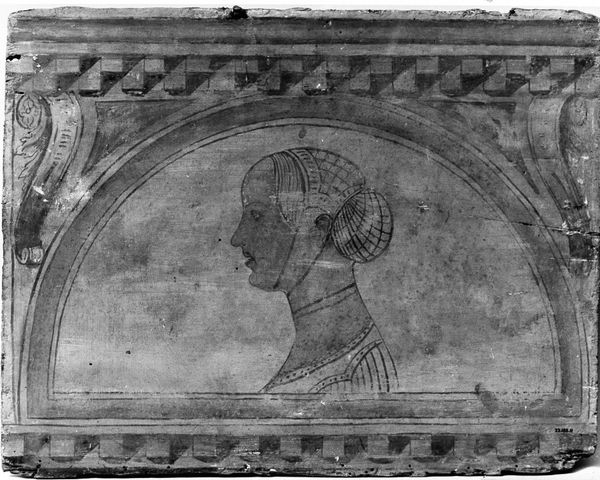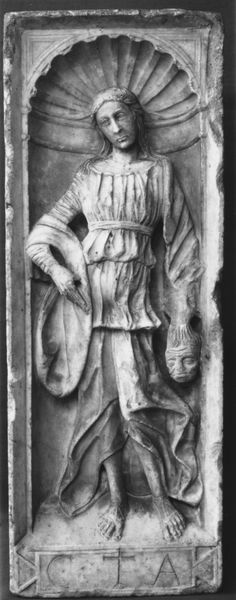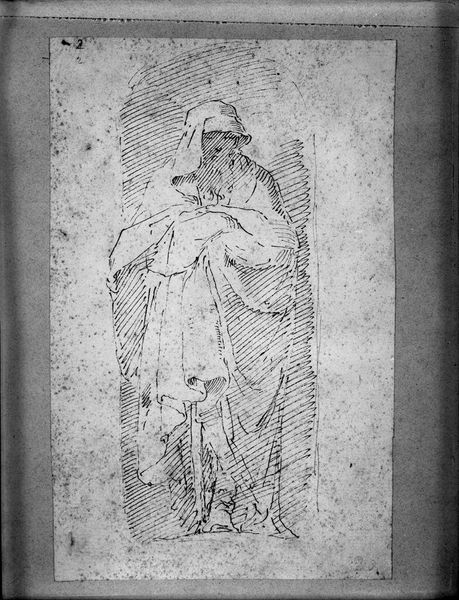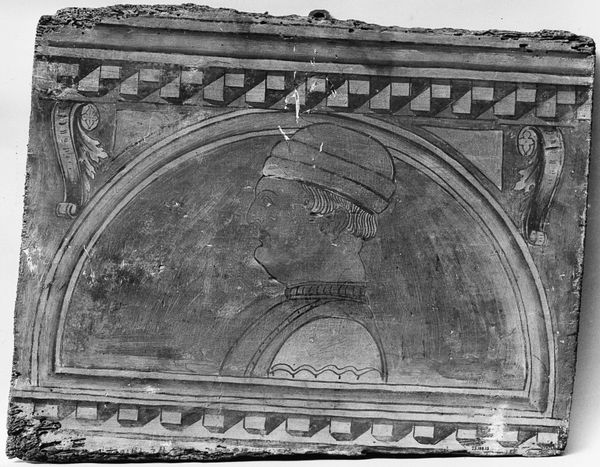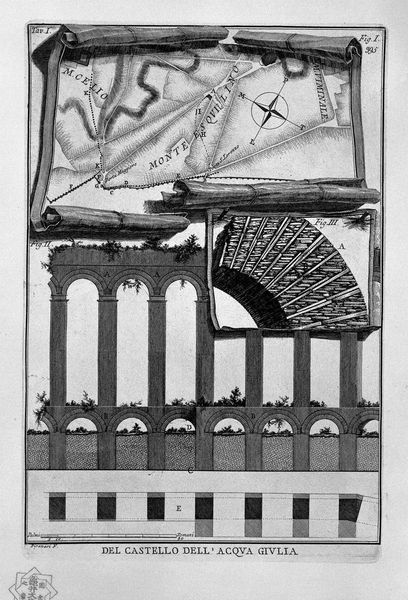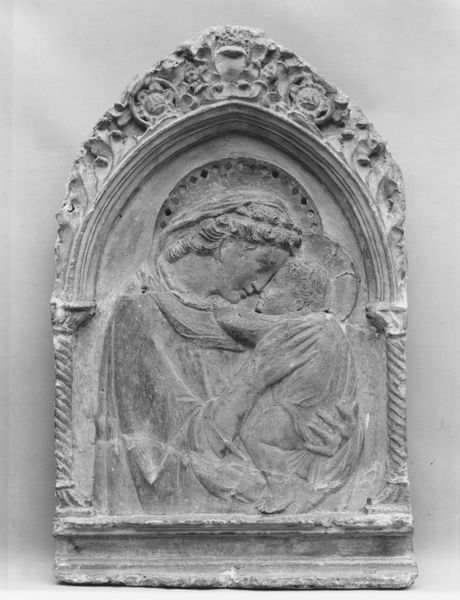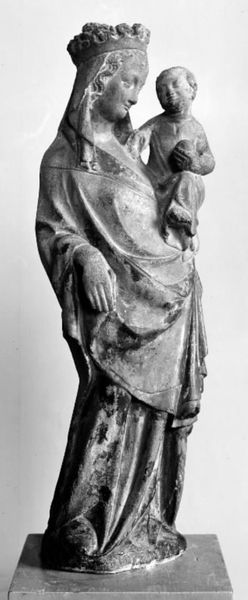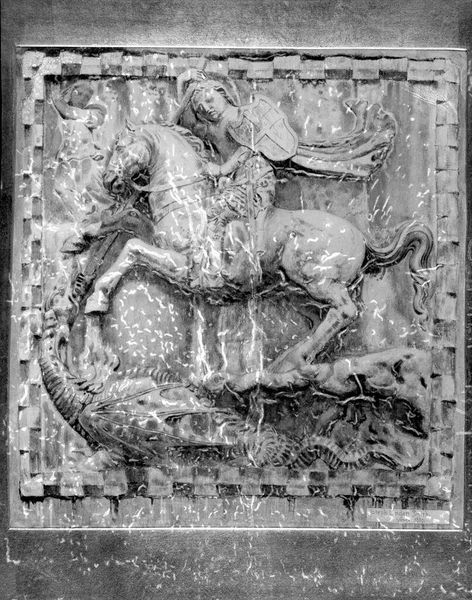
painting, fresco, sculpture
#
portrait
#
medieval
#
painting
#
sculpture
#
fresco
#
sculpture
#
northern-renaissance
#
decorative-art
#
profile
Dimensions: Overall: 14 1/4 × 20 1/2 in. (36.2 × 52.1 cm)
Copyright: Public Domain
Editor: So, this is an anonymous fresco, "Head of a Man," dating back to the late 15th century. It’s striking, almost ghostly, in its simplicity. What jumps out at you? How do you interpret this work, given its time? Curator: It's essential to consider the socio-political context of the late 15th century. While the figure’s identity is lost to history, the rendering provides insights into the cultural and class dynamics of the time. Note his garments. Does this signify class? Consider who was excluded from these kinds of images? What statements about power might it suggest to its viewers then, and perhaps now? Editor: I see what you mean. His clothing is pretty plain, even drab. Perhaps that reveals something about who was commissioning or creating these images. So maybe a statement about, if not overt power, then status and wealth? Curator: Precisely. And further, given the fresco medium, imagine where this might have been placed: a private residence, a chapel? Its visibility, or lack thereof, reinforces notions of who had access to representation and whose stories were being told. Were there women, people of colour or of other faiths, represented in these private spaces? Editor: That’s a good point. The artwork itself, regardless of artistic merit, becomes a statement on visibility and marginalization, right? By studying the sitter and the medium, you can see a complex discourse emerge even in a small fragment. Curator: Exactly! Thinking about its existence in this era reminds us that art has always been a site where these tensions of inclusion and exclusion play out, where some stories are told and others deliberately suppressed. Editor: This conversation’s given me so much more to think about than just aesthetic interpretation. Thank you! Curator: Likewise! It's rewarding to engage with these images beyond surface level, acknowledging their active role in shaping, and reflecting power and cultural narratives.
Comments
No comments
Be the first to comment and join the conversation on the ultimate creative platform.
